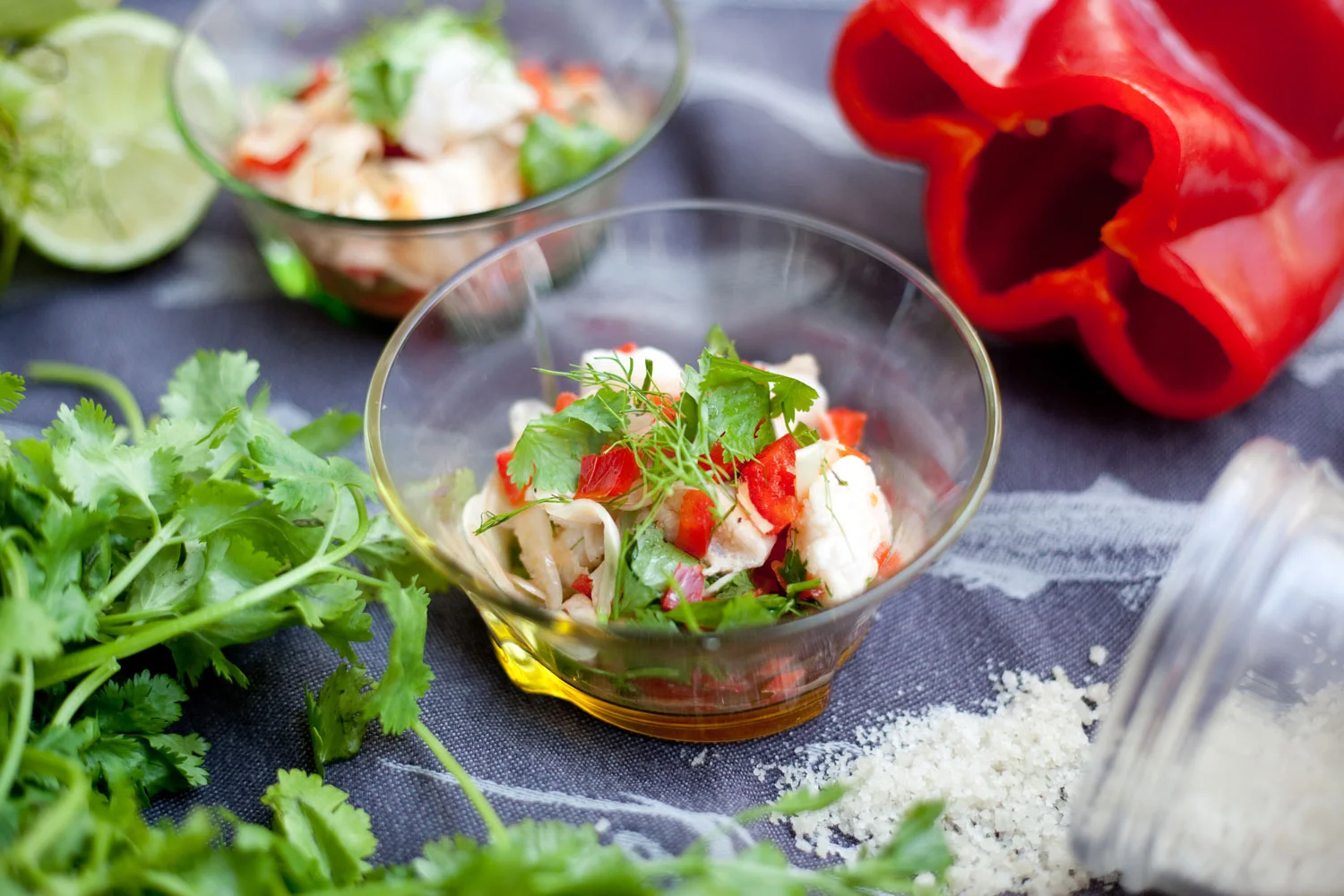Yes, I know it's freakin' freezing out there and this is what washed up ashore—a bunch of marinated raw veggies and tofu strips on a bed of trevise or radicchio as we know it. Let me go back to dreaming of the black sand beach in Bali, the surfers, the sultry heat...
Marinated Zucchini, Carrot and Tofu Strips
INGREDIENTS//Serves 5-6
• 3 zucchinis, raw and peeled into noodle strips
• 2 carrots
• 150 grams tofu strips (optional)
• 1 lemon, juiced
• 1 clove garlic, minced
• 1/2 tablespoon tamari (or soy sauce)
• 1 tablespoon sesame oil
• 1/2 teaspoon white pepper
• A handful of coriander leaves
INSTRUCTIONS
To prepare your zucchini and carrot strips/noodles you can use a julienne peeler, handheld spiralizer, spiralizer, peeler, or mandoline.
Place all your veggie strips in a large glass mixing bowl and add the lemon juice and minced garlic. Let it marinate overnight or for at least 8 hours in the refigerator.
Take the marinated vegetables out of the fridge and add your tofu strips, sesame oil, tamari sauce, and white pepper. Toss all together.
Garnish with plenty of coriander leaves.

















































